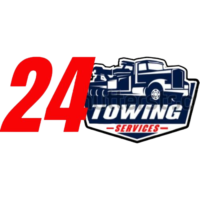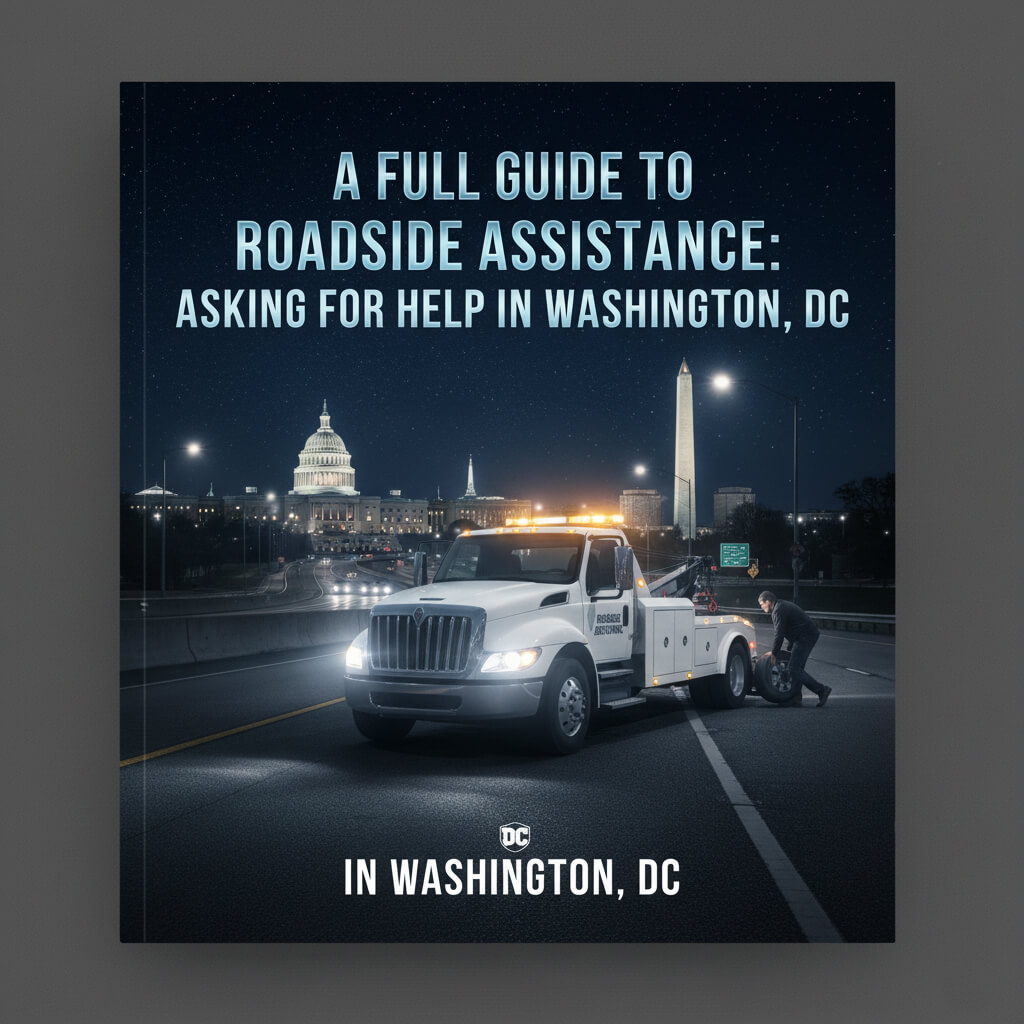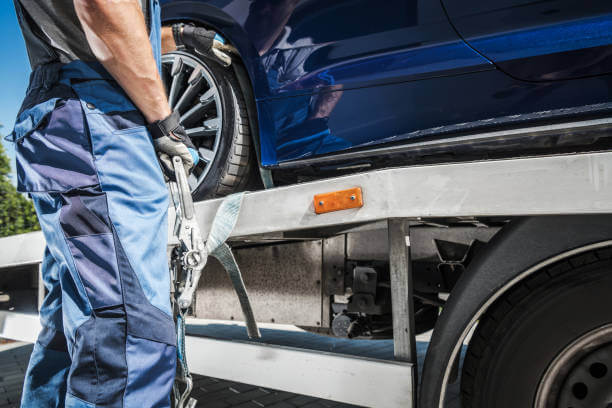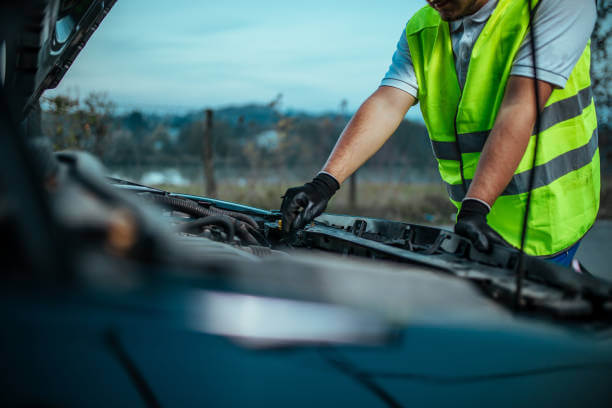A full guide to asking for roadside help in Washington, DC
When cars break down, they cause problems right away, especially in busy cities. Roadside emergencies are especially stressful in Washington, DC, because of the heavy traffic, complicated street layouts, and constant flow of tourists, commuters, and government workers.
Every driver who travels DC’s roads feels safe and sure knowing that they can quickly get professional emergency roadside assistance. Knowing how things work before an emergency happens lowers stress and makes it easier to fix things when they go wrong. This complete guide tells you everything you need to know about asking for roadside help in Washington, DC, so you’ll be ready when your car breaks down.
Getting to Know Roadside Assistance
What Roadside Assistance Covers
Roadside assistance includes several services that can help with common car problems without having to take the car to a repair shop. Professional towing services like 24 Towing Services can help you right away, and they often get your car running again right where you are. Common services for roadside help include:
Dead batteries: One of the most common problems with cars, and battery jump-starts can help. Professional technicians use commercial-grade jump boxes that safely restore power to your battery without putting sensitive electronic systems at risk of damage.
Tire Changes: Flat tires can happen at any time. Roadside assistance includes changing tires with the right tools to make sure they are installed correctly and at the right torque, which keeps wheel problems from happening.
Fuel Delivery: If you run out of gas, you’re stuck, but roadside help will bring you gas right away. You don’t have to walk to gas stations or ask strangers for help anymore with this service.
Lockout Services: When you lock your keys in your car, it can be very annoying. Professional technicians have special tools that let them get in without breaking doors, windows, or electronic locks.
Minor Mechanical Help: Some problems that happen on the side of the road can be fixed easily by technicians on the spot. These fixes include adjusting belts, fixing hoses, or other small mechanical fixes that get the car running again.
What distinguishes roadside assistance from towing?
While both types of vehicle assistance services exist, roadside help primarily focuses on resolving issues when your car breaks down without requiring you to move it. Towing services are necessary when problems require shop diagnostics, parts replacement, or major repairs that cannot be performed on the roadside. Roadside assistance can help with many problems, so you don’t have to pay for and deal with getting your car towed.
When to Ask for Help on the Road?
Being able to spot when you need professional help will help you deal with problems when they come up. In Washington, DC, you might want to ask for roadside help in these situations:
Small mechanical problems
Sometimes, problems like overheating, loose belts, disconnected hoses, or electrical problems need to be looked at by a professional to see if they can be fixed on the side of the road or if they need to be towed. When you ask for help, technicians can look at your problem and suggest the best ways to fix it.
Vehicles that are stuck or abandoned
If your car slides off the road in severe weather, gets stuck in mud or snow, or has trouble parking, you may need help getting it back. Professional services have tools to safely get cars out without causing more damage.
How to Ask for Help on the Road in Washington, DC
Knowing how the process works ahead of time helps you respond quickly and effectively when something goes wrong. Follow these simple steps to ask for help on the roadside:
Step 1: Make sure you are safe first.
Put your safety and the safety of your passengers first before asking for help. If you can, get your car completely off the road and to a safe place. Turn on your hazard lights to warn other drivers. Stay in your car on the highway with your seatbelt fastened unless staying there is dangerous. You can get out of the car in safer places, like parking lots, but stay away from the traffic.
Look around you. Is the area well lit? Is there a lot of fast-moving traffic nearby? Knowing how safe you are helps you talk to roadside assistance workers about your situation in a clear way.
Step 2: Find out exactly where you are.
Knowing exactly where you are lets you respond more quickly. The address system in Washington, DC, is based on quadrants (NW, NE, SW, SE), which can be confusing for drivers who don’t know where they are. Take the time to figure out exactly where you are:
• Write down the names of the streets and the closest cross streets.
• Find nearby landmarks, such as monuments, government buildings, and big businesses.
• Find the exact coordinates by using your smartphone’s GPS or maps app.
• If you’re on a highway, look for mile markers.
• Write down which way you were going.
The more detailed your location information is, the quicker help will get to you. “On Constitution Avenue” doesn’t help as much as “Constitution Avenue, NW, near the Lincoln Memorial, eastbound lane.”
Step 3: Call 24 Towing Services
Call for professional help right away once you are safe and know where you are. 24 Towing Services in Washington, DC, offers quick roadside help through several ways to get in touch:
Call (202) 788-4561 to talk to one of our experienced dispatchers directly.
To ask for service online, go to https://24towingservices.com/ and fill out our simple contact form.
Our dispatch center is run by trained professionals who are ready to coordinate your help quickly. Put our contact information in your phone right away so you can get it right away in case of an emergency.
Step 4: Provide detailed information to the agent.
When you call 24 Towing Services, our dispatcher will ask you a few questions so that we can send the right help:
Where you are: Give the full address information you got, such as street names, cross streets, landmarks, and directions.
Car Information: Tell us the year, make, model, and color of your car. This makes it easier for our technicians to locate your car when they get there.
What the Problem Is: Tell us what happened. Is it a flat tire, a dead battery, a lack of fuel, a lockout, or a problem with the machine? Specifics help us send the right tools and people to help.
Immediate Safety Concerns: If you’re in a dangerous place, have kids or older people with you, or have any medical conditions that need to be taken into account, please let us know.
Contact Information: Make sure your phone number is correct so that our technician can call you if they can’t find you or need more information while they’re on their way.
Step 5: Do what the dispatcher says.
• While you wait, our trained dispatchers may give you specific instructions:
• Suggestions for making your safety better
• Estimated times of arrival based on the current situation
• Advice on how to get your car ready for service
• If things change, please stay in touch.
Our dispatchers have a lot of experience and give you advice that will help you stay safe and get good service.
Step 6: Wait safely for assistance arrival.
Stay in a safe place once help arrives. If you’re on a busy highway and staying in your car is dangerous, get behind guardrails or barriers that are far enough away from traffic. You can wait near your car in parking lots or other safe places, but you should always be aware of your surroundings.
Make sure your phone is charged and easy to reach. If our technician has trouble finding you, they will call. Stay with your car unless you have to move to a safer place for safety reasons.
Step 7: Talk to the technician who is coming.
When our 24 Towing Services technician gets there, they’ll look at your situation and tell you what kind of service they’ll offer. You can also ask questions about:
• What steps they will take
• How long will the service last?
• Costs that come with the service
• Suggestions for avoiding problems in the future
• Throughout the service process, our technicians talk to you clearly and honestly.



